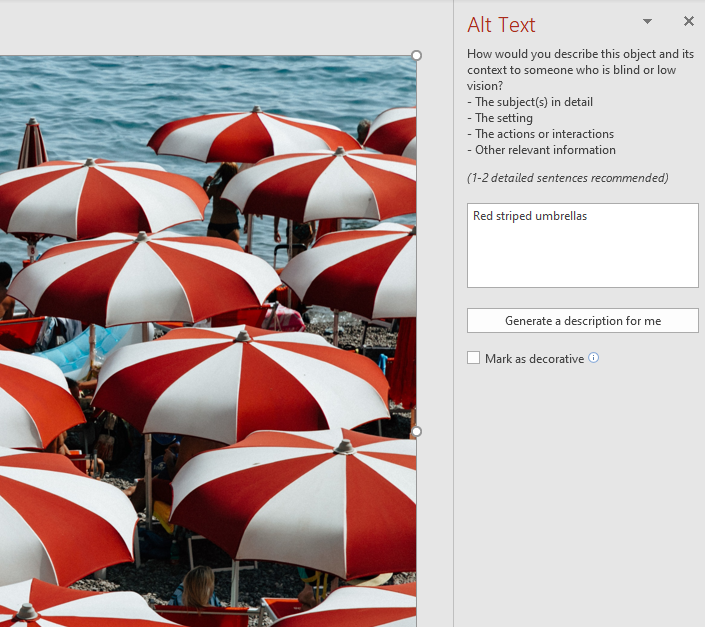What is Accessibility?
Accessibility is the practice of making your content usable by as many people as possible. How accessibility fits into the larger framework of universal design is best explained by the National Disability Authority: “Universal Design is the design and composition of an environment so that it can be accessed, understood and used to the greatest extent possible by all people regardless of their age, size, ability or disability.” The same way we design our buildings to be accessible to everyone, we need to design our content to be accessible to everyone as well.
Why Does it Matter?
According to the CDC, there are an estimated 61 million adults who live with a disability. That equates to roughly 1 in 4 adults. So, although the majority of Americans live without a disability, we risk alienating a quarter of our population when we don’t design accessible content. Knowledge and education are for all people of all abilities, which is what makes accessibility a chief consideration in design.
How Do We Ensure Accessibility?
Here are a few questions we can ask to make sure our design is prioritizing accessibility:
- Equitable Use – Is the design usable by people with diverse abilities?
- Flexibility – Does the design accommodate a wide range of performances and abilities?
- Simplicity and Usability – Is the design understandable regardless of experience, language, knowledge, and mental concentration?
To help you design courses with accessibility in mind, we’re including our Content Accessibility Checklist, which we share with all of our clients to help make sure their content is universally designed.

